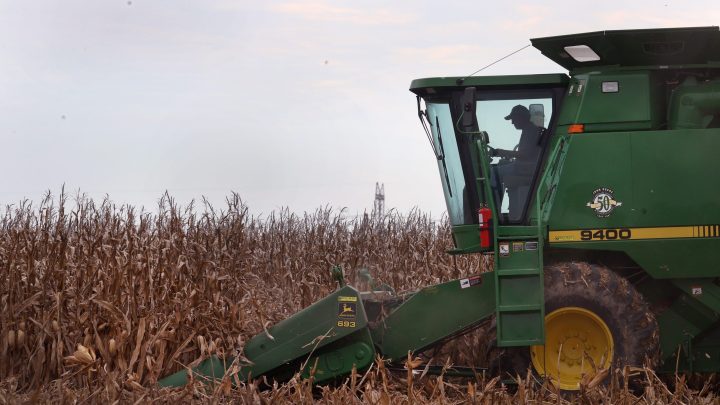
How a delayed farm bill would affect the agriculture sector
How a delayed farm bill would affect the agriculture sector

Legislation known as the farm bill is renewed about every five years, funding everything from crop insurance to conservation and nutrition programs. The last major farm bill update was in 2018, so it’s getting to be that time. But in case you haven’t heard, Congress isn’t functioning all that well when it comes to spending — it seems unlikely we’ll get a farm bill by the end of the year.
The farm bill ties the economic interests of the agriculture sector to the needs of low-income Americans, and rural districts’ priorities to cities’ priorities.
“So lots of areas of possible disagreement,” said Patrick Westhoff, director of the Food and Agricultural Policy Research Institute at the University of Missouri. That’s especially true right now, he said, when lawmakers are tied up with other seemingly intractable negotiations.
And if they don’t pass a farm bill extension or replacement before the new year, there will be major consequences.
“Not just for farmers, but for everyone,” said Aaron Shier with the National Farmers Union.
Some commodity programs would revert to Depression-era rules, he said, including one that would have the U.S. Department of Agriculture buying up dairy products way above market value.
“And that would cause real problems in the marketplace for food prices,” Shier said.
The prospect of, say, a $10 gallon of milk should nudge Congress to at least extend the current farm bill.
But the status quo still isn’t ideal for farmers, said Amy Hagerman at Oklahoma State University.
“The world looked very different in 2018 when that farm bill was developed,” she said.
It costs a lot more to grow food, for one thing, she said. And the reference prices that trigger programs like crop insurance when farmers have a bad year need adjusting.
“So for a lot of producers, they would like to see the changes to better address our current environment,” Hagerman said.
Unless we get a new bill before the 2024 presidential race slows down Congress’ work, we’re probably looking at a yearlong extension.
“I think the biggest impact is really uncertainty among farmers,” said Michael Happ with the Institute for Agriculture and Trade Policy.
Farmers are dealing with plenty of risk to begin with.
There’s a lot happening in the world. Through it all, Marketplace is here for you.
You rely on Marketplace to break down the world’s events and tell you how it affects you in a fact-based, approachable way. We rely on your financial support to keep making that possible.
Your donation today powers the independent journalism that you rely on. For just $5/month, you can help sustain Marketplace so we can keep reporting on the things that matter to you.

















